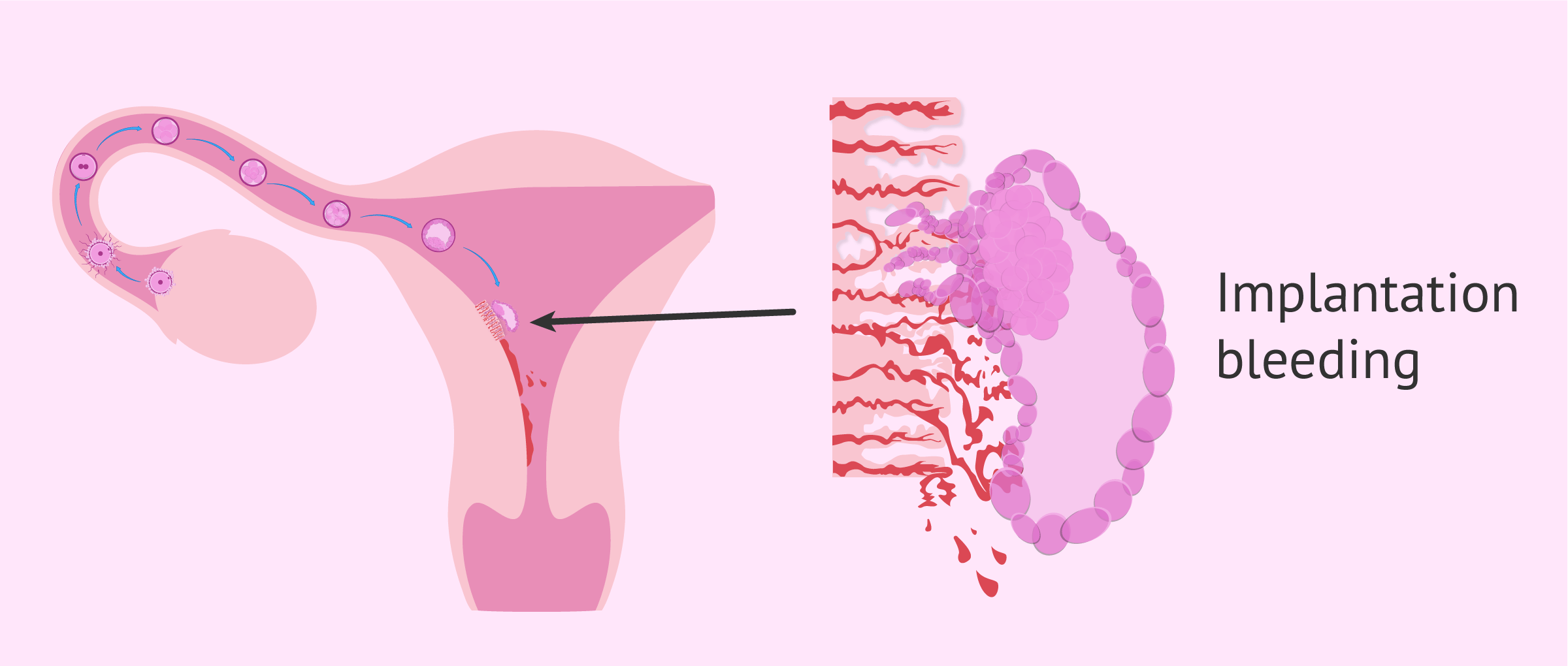The embryo must be at the blastocyst stage in order to implant. This is a spherical structure in which an outer layer of cells (trophoectoderm) is differentiated, and will then form the placenta, and an inner cell mass which becomes the embryo itself and the future baby. Following the journey from the fallopian tube to the uterus, the embryo will settle and anchor itself to the endometrium in order to form the gestational sac and all the embryonic structures.
During implantation, the embryo breaks the blood vessels of the endometrium and forms new ones that allow it to be nourished by maternal blood. When these small vessels break, a slight bleeding may occur, which is known as implantation bleeding.
Read the full article on: What is implantation bleeding? Characteristics, signs and symptoms ( 84).
By Elena Izquierdo Trechera M.D., M.Sc. (gynecologist), Marta Barranquero Gómez B.Sc., M.Sc. (embryologist), Nadia Caroppo M.D. (gynecologist), Silvia Jiménez Bravo B.Sc., Ph.D. (senior clinical embryologist) and Michelle Lorraine Embleton B.Sc. Ph.D. (biochemist).
Last Update: 07/13/2022
